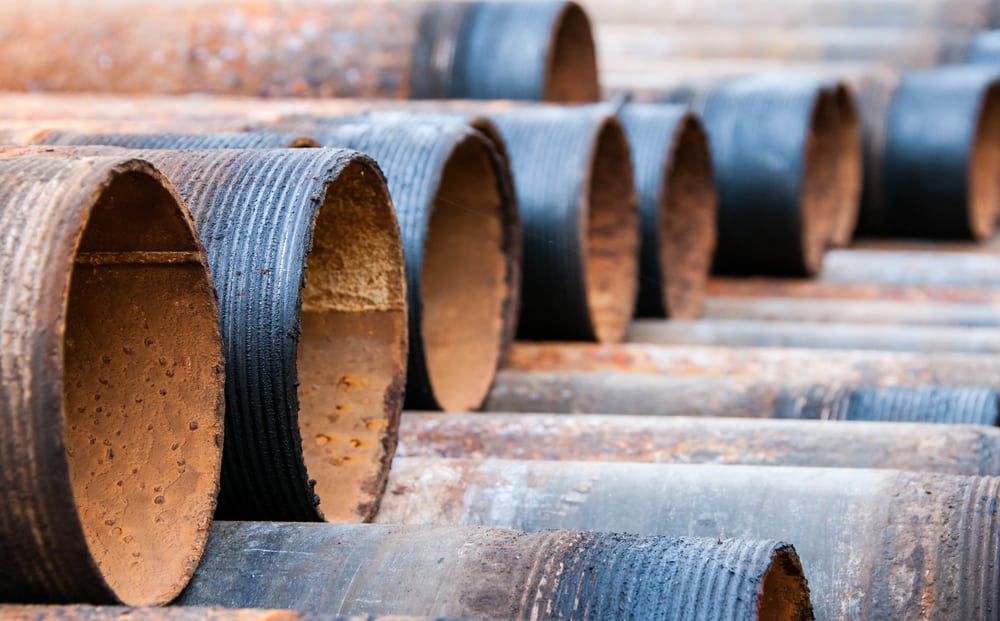June 27, 2018
How to Manage Discontinued Pipelines Using Software

Originally published April 2017
We all know that our biggest challenge with managing assets in the oil and gas industry is “what we don’t know”.
Whether it’s wells, facilities or pipelines, the greatest achievement is understanding our assets and knowing where they are, how they’re linked – and if you’re lucky – you might even know some specific details about them.
How do Cenozon’s clients set themselves apart from the industry?
With Cenozon’s pipeline integrity risk software, our clients are more confident in supporting their pipeline integrity management programs by having more involvement from all business units and standardizing their processes across all operating areas.
With our Pipeline Integrity Risk Manger (PIRM) software, our clients simply build connectivity models that most accurately reflect their operations, which gives them an understanding of their systems or networks. Think of it like the brains, or the command center – where all information flows out to all other departments and stakeholders. Communications between the field, operations and head office are streamlined because it’s easy to identify when and where things are changing in your pipeline network.
By Associating all wells (operating/suspended/abd), pipelines (all licensed & unlicensed segments), and facilities, the users gain the greatest visual understanding of flow relationships: which wells flow into which gathering pipelines, and which pipelines contribute to the numerous wells’ production into group lines – all the way to facilities. At any point in time, when the system identifies a pipeline not seeing production (whether it’s from a well or another pipeline upstream), it flags it.
How PIRM Identifies No-flows
-
- Through connectivity, PIRM can automatically identify no-flows.
- Draws your attention to validate, communicate and ensure actions required are taken and documented.
- No flows can be flagged at client-defined intervals engaging discussion or ensuring actions planned to maintain compliant.
- For example, this can be done at 1, 6, 12 or 18 month intervals
- With these intervals, clients can also manage priorities to show responsibility/pro-activeness in managing pipeline that need to be discontinued as they progress from initial shut in to exceeding compliance (either 12-month intervals in Alberta or 18 months in British Columbia)
- Commenting and supporting discussion in one data base ensures responsibility and accountability,
- It ensures all comments are available, up to date, for anyone anywhere.
- Users identify, validate and confirm a master pipeline list, to which visual confirmation supports.
- In doing this they learn about pipelines they didn’t know about
- Find operating lines that should be discontinued
- Responsibly manage their pipelines to ensure safety and environmental protection. (LLR: Licensee Liability Rating (LLR) Program)
Key Benefits
- Up to 90% tax savings you obtain when you transition a pipeline license from operating to discontinued (dependent on volume and type)
- Existing users typically identify minimum of 1-5 10% pipelines (or approximately 50 pipeline licences per network) that they were unaware of or were improperly licensed prior to using Cenozon PIRM software.
- Our clients not only become more responsible, they can communicate better with supporting metrics
- Ensures environmental protection by properly cleaning and isolating pipelines
- Through connectivity, PIRM can automatically identify no-flows.
Knowing and understanding your assets in detail enables you to quickly identify no-flows, which can result in millions of dollars saved year over year.
If you want to learn more how PIRM can help you in the decommissioning process, contact us.
